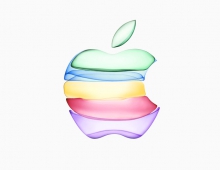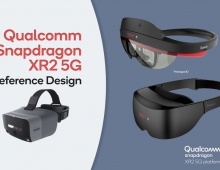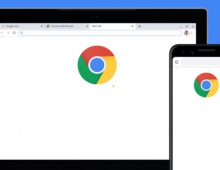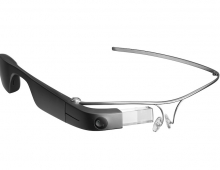
Meta Uses Augmented Reality Technology to Replace Your Office with 3D Holograms
San Francisco startup Meta makes augmented reality headsets that overlay holographic images on the real world. The company recently announced Meta Workspace, an interface that replaces monitors, keyboards and eventually even cubicles with augmented reality.
"Augment" means to make something greater, by adding to it. AR adds a powerful layer of interactive 3D content to your surroundings. Using see-through glasses, you stay visually connected to people and your environment.
Meta's new operating environment for augmented reality allows you and your coleagues in the office to wear headsets with see-through visors and grab invisible objects with your hands. You can also manipulate 3-D models with your hands or browse web pages, send emails and write code from floating virtual screens.
The company recently presented its Meta 2 operating environment at the Augmented World Expo (AWE) USA.
Meta's goal is to make its augmented reality technology a seamless extension of the real world-enabling people to interact with holograms much the way one interacts with real objects.
The Meta 2 AR headset ($949) used breakthroughs in optics, including a full 90-degree field of view and 2560 x 1440 high-dpi display. Plus the Meta 2 see-through headset makes everything below your eyebrows completely transparent and unobstructed so you can make eye contact with others. You can even wear the headset while wearing glasses.
With Meta 2, the world becomes your desktop background, allowing you to run Windows applications. Mac support is planned for later this year, along with native holographic Meta apps in the months ahead.
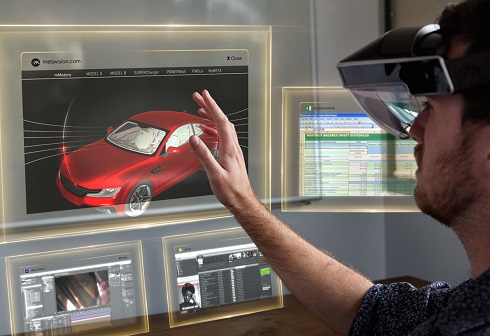
Meta is also offering Meta 2 SDK. Unity enables developers to create holographic apps quickly with Unity and C#. The SDK includes SLAM, hands interaction tracking, occlusion, collaboration, neurointerface design guidelines, example code, apps, documentation, and support.
Meta's vision is to eventually place a meta-layer of information around everything in the real world. Touch a piece of food and immediately see its nutritional content, hold a flower and see its DNA, shake someone's hand at a conference and see a sort of virtual LinkedIn page appear.
Of course, this won't happen overnight, and it could come in about a decade.
Meta isn't the only company with big ambitions for augmented reality. Microsoft and Apple are also devoting considerable resources to developing the technology.

